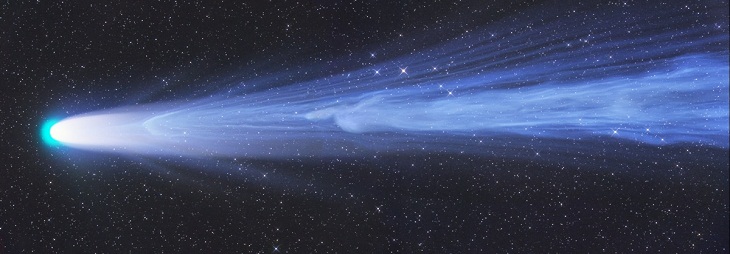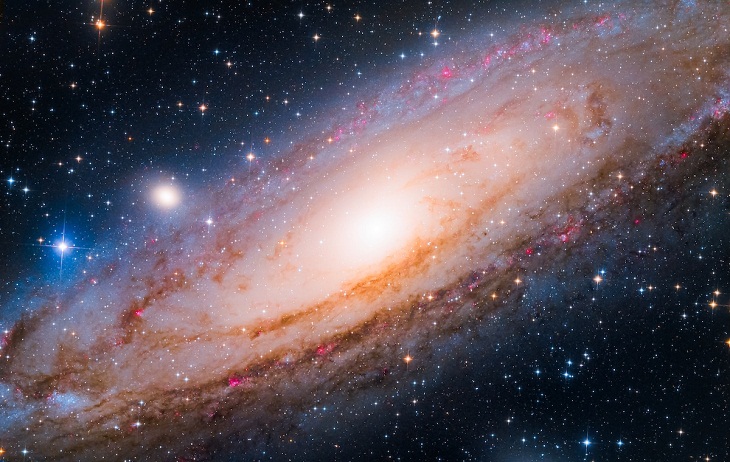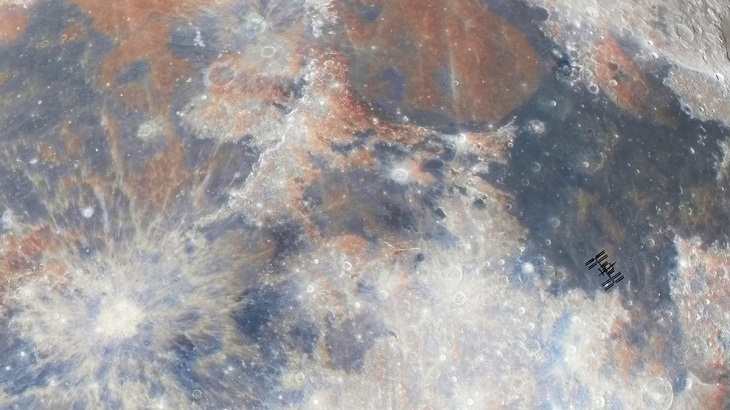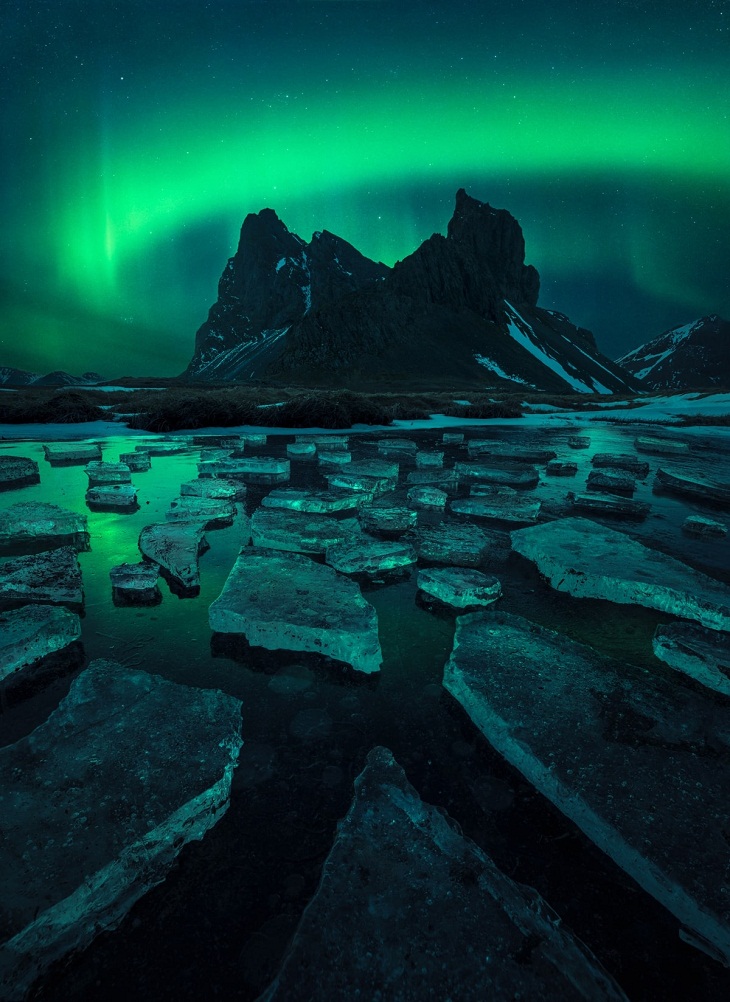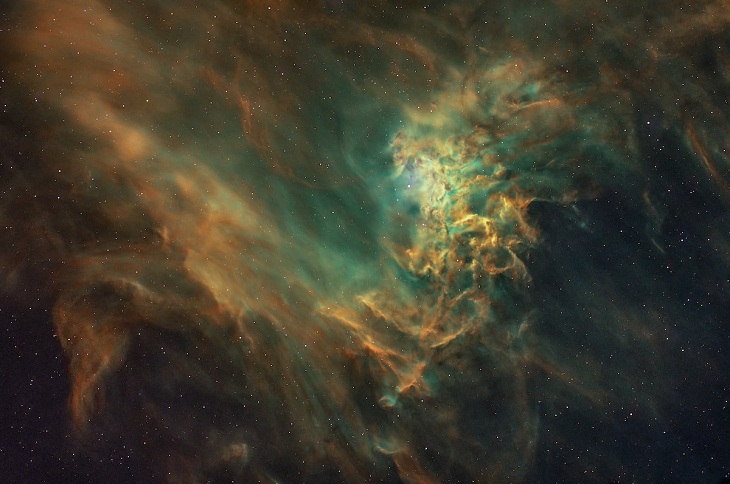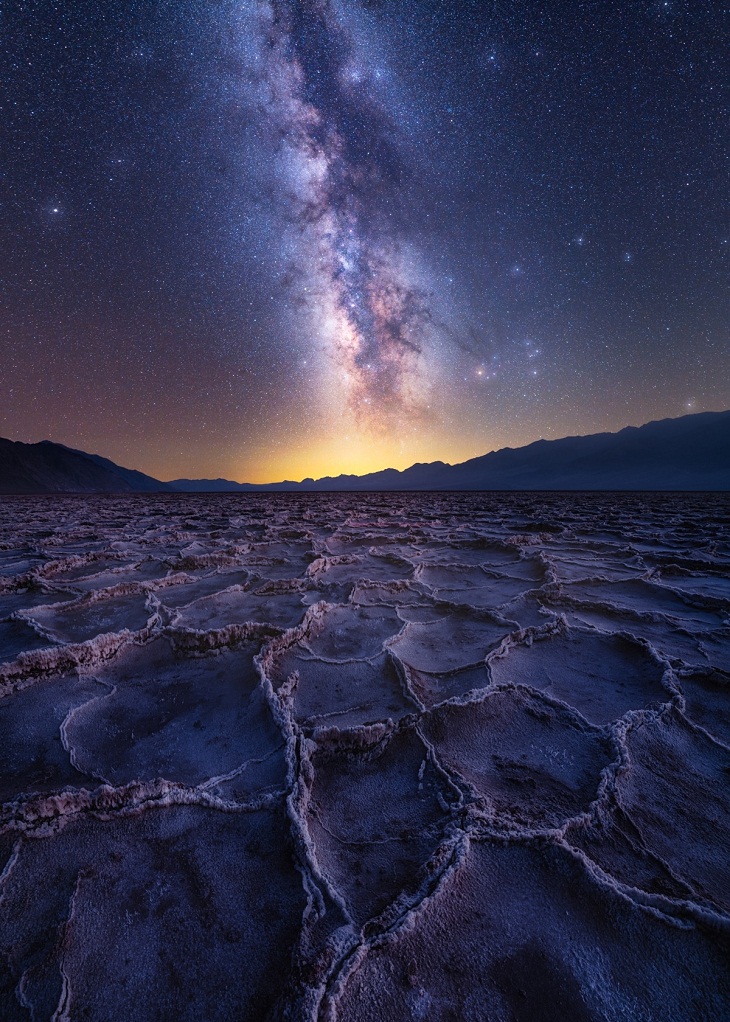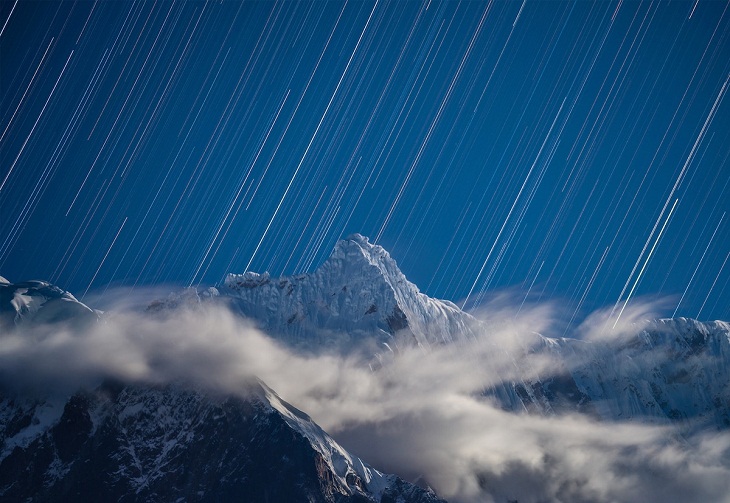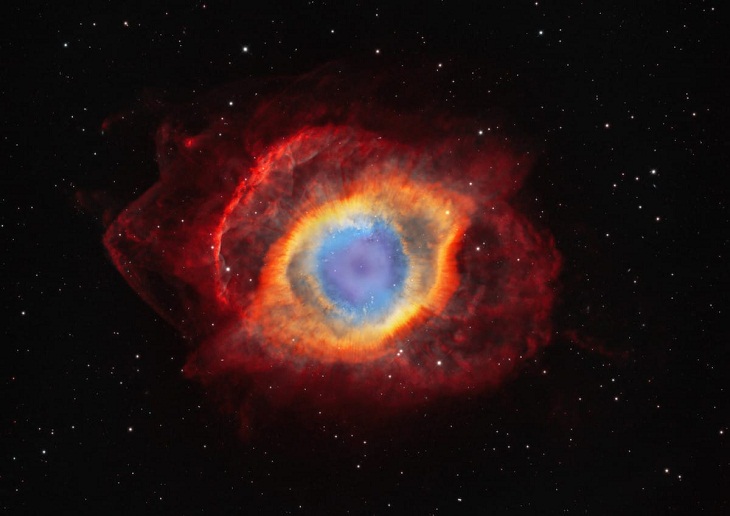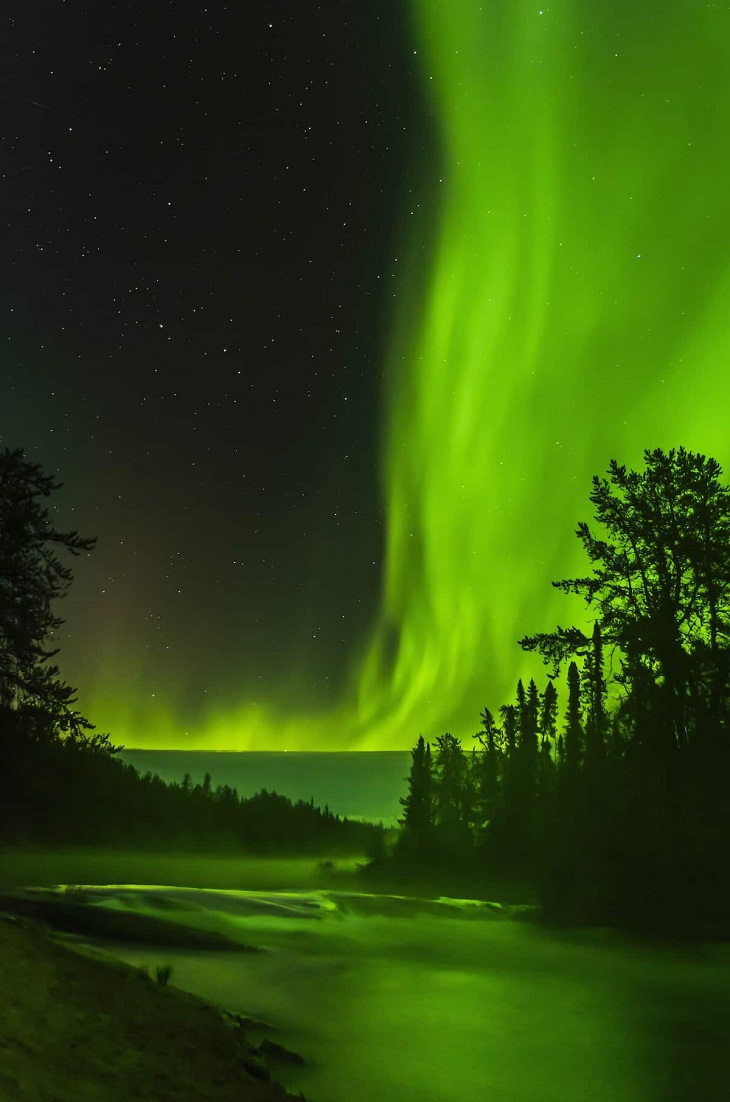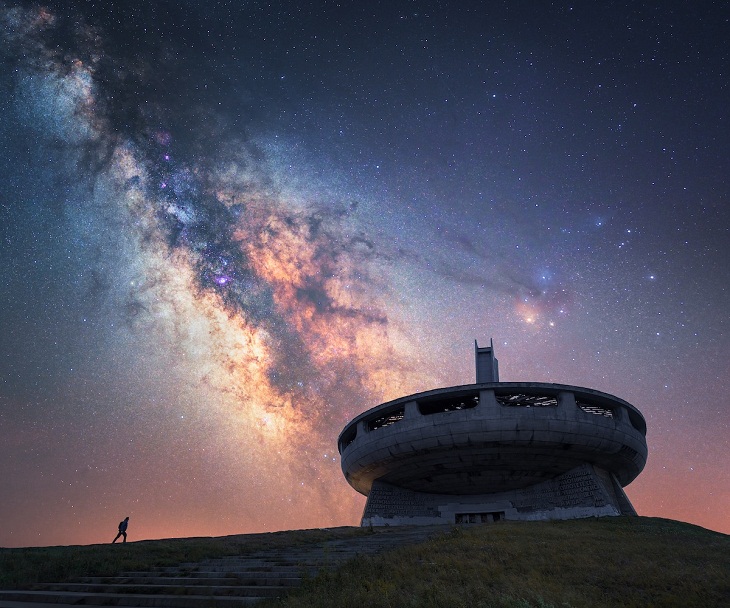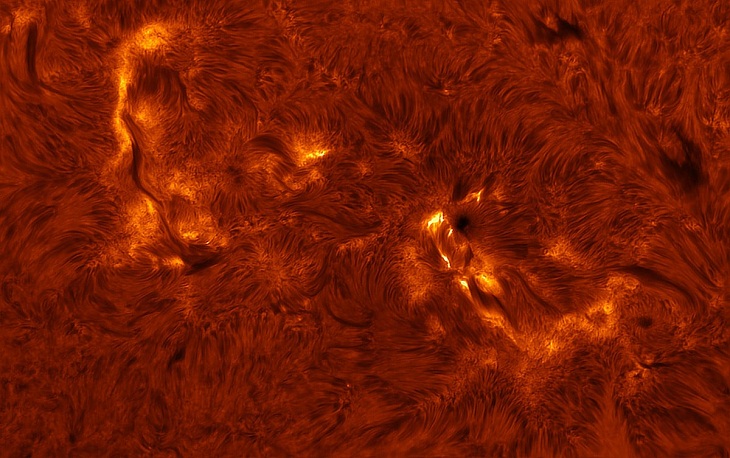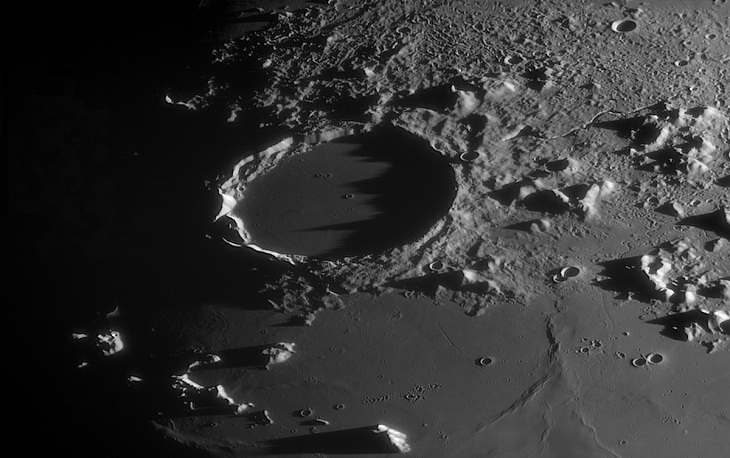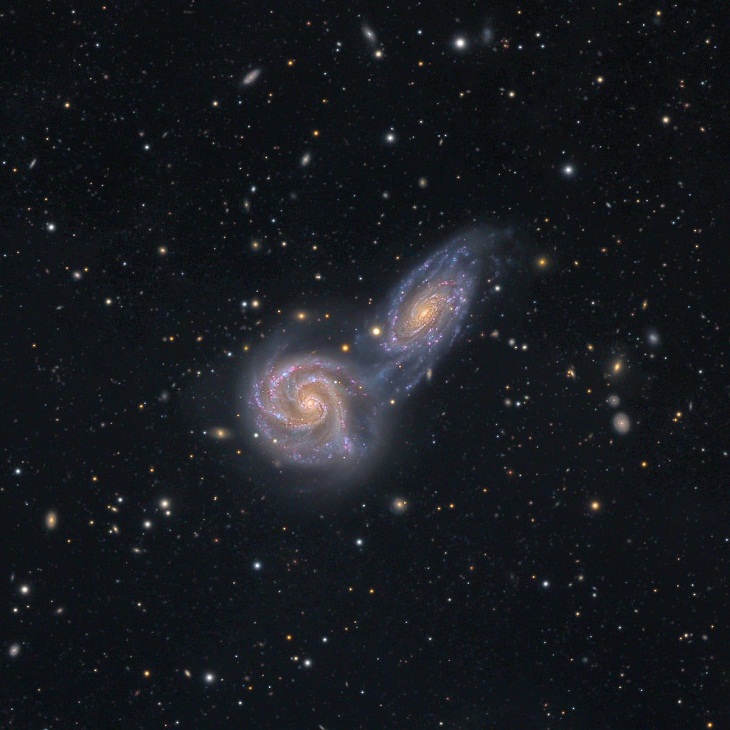The winners of the annual Astronomy Photographer of the Year were recently announced. This is the 14th year the competition consistently attempts to show us extraordinary glimpses of our Solar System.
More than 3,000 photos from 67 countries were submitted to the prestigious astrophotography contest this year and only 36 were eventually selected as the finalists before the winners were revealed. The top prize went to Gerald Rhemann’s rare photograph depicting a piece of Comet Leonard’s gas tail being disconnected and carried away by the solar wind.
Some other notable winning images include a surreal shot of the moon’s surface, two spiral galaxies, and a colorful image of the "Eye of God.”
The winning photos will be on display at the National Maritime Museum in London.
Find the best winning photos from the Astronomy Photographer of the Year 2022 below.
1. “Disconnection Event” by Gerald Rhemann. Overall winner and Planets, Comets, & Asteroids Winner
A rare photo of Comet Leonard's gas tail being swept away by the solar wind. The comet was discovered by G.J. Leonard on 3 January 2021.
2. “Andromeda Galaxy, The Neighbour” by Yang Hanwen, Zhou Zezhen. Winner, Young Astronomy Photographer of the Year
The Andromeda Galaxy, also known as Messier 31, M31, or NGC 224, is one of the closest and largest neighbors of the Milky Way. It is visible to the naked eye from Earth on a moonless night. The photographer captured its magnificence through his telescope.
3. “The International Space Station Transiting Tranquility Base” by Andrew McCarthy. Winner, People, and Space
Here you can see the International Space Station (ISS) positioned directly over the Apollo 11 Moon-landing site in the Sea of Tranquility.
4. “In the Embrace of a Green Lady” by Filip Hrebenda. Winner, Aurorae
The Northern Lights are usually shot in the winter months. But this photo was taken during the late spring and shows the dancing Aurora Borealis reflected in a little frozen lake above the Eystrahorn mountain.
5. “Moon: Big Mosaic” by Andrea Vanoni. Runner Up, Our Moon
In this image, you can see the most famous craters, rims, mountains, domes, and seas of this lunar phase.
6. “What a Flaming Star!” by Martin Cohen. Runner Up, Nebulae
The Flaming Star Nebula (IC 405, SH 2-229 or Caldwell 31) lies about 1,500 light years from Earth and is about 5light-years across. It is an emission and reflection nebula in the constellation Auriga.
7. “Badwater Milky Way” by Abhijit Patil. Runner Up, Skyscapes
A stunning shot of the Milky Way was taken from the Death Valley National Park in California, USA.
8. “Stabbing Into the Stars” by Zihui Hu. Winner, Skyscapes
The wide trails of a starry sky are captured above the Namcha Barwa, the most beautiful snow-capped mountain in China.
9. “The Eye of God” by Weitang Liang. Winner, Nebulae
A close look at the core of the Helix Nebula, also known as the "Eye of God.” The core appears purple and cyan, while the outer region blazes with orange, red, and yellow colors.
10. “Misty Green River” by Fred Bailey. Runner Up, Aurorae
Here we can see the differentiation between the aurora and the dark sky. The photo was captured over Cameron River in Canada’s Northwest Territories.
11. “Back to the Spaceship” by Mihail Minkov. Runner Up, People & Space
This spaceship-like structure was designed by Georgi Stoilov and was constructed between 1974 and 1981 by the Bulgarian communist government. Known as the Buzludzha monument, the structure lies on Buzludzha Peak in central Bulgaria.
12. “Solar Inferno” by Stuart Green. Runner Up, Our Sun
A closeup image of sunspots forming on the surface of the Sun.
13. “Shadow Profile of Plato's East Rim” by Martin Lewis. Winner, Our Moon
The Sun rises over the giant lunar crater Plato, casting huge shadows from its east rim across its lava-filled floor. According to the photographer, this event happens only once a month and sometimes “coincides with a night of good seeing”, according to the photographer.
14. “The Milky Way bridge across big snowy mountains” by Lun Deng. Winner, Sir Patrick Moore Prize for Best Newcomer
The Milky Way rises above the Minya Konka Mountain, the highest peak in Sichuan China, in the early hours of the morning.
15. “Arp 271 “Cosmic Collision” by Mark Hanson, Mike Selby. Runner Up, Galaxies
Two spiral galaxies of similar size, NGC 5426 and NGC 5427, engaged in a major interaction. This unique interaction is known collectively as Arp 271 and is expected to continue for tens of millions of years.
Share these photos with your friends and family

